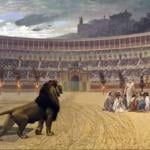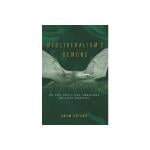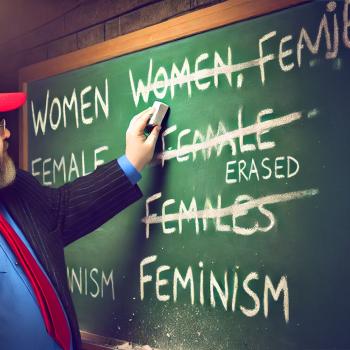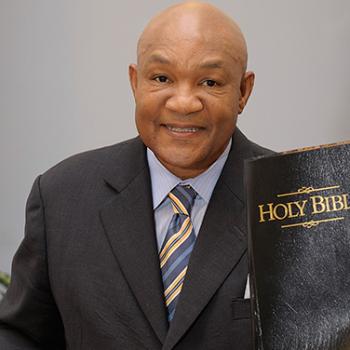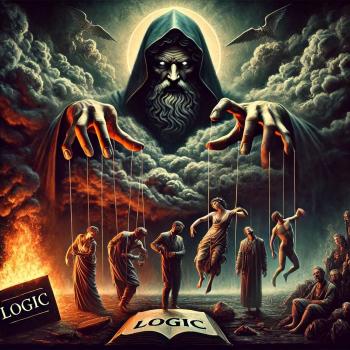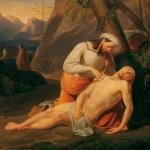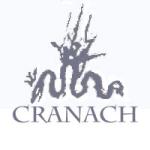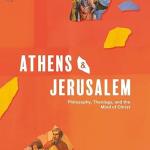
Another flare up in the controversy over kenotic Christology. Numerous YouTube diatribes against it, linking it with charismatic churches especially (e.g., Bethel Church in Redding, California). I’m not sure exactly what those churches and their pastors have said; they may have misrepresented kenotic Christology. Here I want to set the record straight—about what kenotic Christology really is, what it originally meant, and why it is not a heresy.
Kenotic Christology is belief that the Son of God, God the Son, second person of the Trinity, voluntarily “gave up” his attributes of glory and power in becoming human, so that he could experience life as a true man. The “gave up” phrase comes from the Greek word “kenosis,” meaning self-emptying, which is found in Philippians 2 where it says that he emptied himself, taking the form of a servant…
Apparently, Charles Wesley held something like a kenotic Christology when he wrote that he, the Son of God, “emptied himself of all but love.”
However, modern kenotic Christology was launched by German mediating theologian Gottfried Thomasius in the mid-19th century. It was picked up especially by British theologians in the first half of the 20th century: P. T. Forsyth, H. R. Mackintosh, A. Gore, et al. More recently it has been explained by Christian philosopher Stephen Evans and by Anglican priest and scientist John Polkinghorne.
P. T. Forsyth was an evangelical Congregationalist theologian of Great Britain who wrote many books of theology including The Person and Place of Jesus Christ. He and the others mentioned above explained kenotic Christology this way: The Son of God, before becoming incarnate, voluntarily chose not to use his attributes of glory and power (e.g., omnipotence, omniscience, etc.) once he became human in the incarnation. He did not relinquish them so much as retract them into a latency.
Critics worry that kenotic Christology means or implies that Jesus was not divine. That is NOT kenotic Christology. Apparently they have not read kenotic theologians.
Luke 2 says that Jesus grew in stature and wisdom and favor with God and man. Did he lie in the manger thinking cosmic thoughts? No. He underwent a normal human development yet without sin. The gospels tell us there were things he did not know such as the day or hour of the Son of Man’s return.
How, then, does kenotic Christology explain Jesus’s miracles and supernatural knowledge? It says that Jesus relied on the fullness of the Holy Spirit residing in and with him for all of that. After all, Jesus told the disciples that they would do greater things than he did after he sent them the Holy Spirit.
I use an analogy of sleep to explain kenotic Christology, or the possibility of such, to students. When I am asleep, at least in some stages of sleep, I am literally paralyzed. Yet I am still me and still have the powers and abilities I have when awake. Sleep is usually a voluntary self-limitation experience.
No, kenotic Christology, AS EXPRESSED BY classical kenotic theologians (such as mentioned above) is not a heresy and I urge the critics to read kenotic theologians and not confuse whatever some charismatic, neo-Pentecostal preacher says with true kenotic Christology.
*Note: If you choose to comment, make sure your comment is relatively brief (no more than 100 words), on topic, addressed to me, civil and respectful (not hostile or argumentative), and devoid of pictures or links.*


